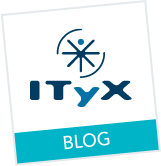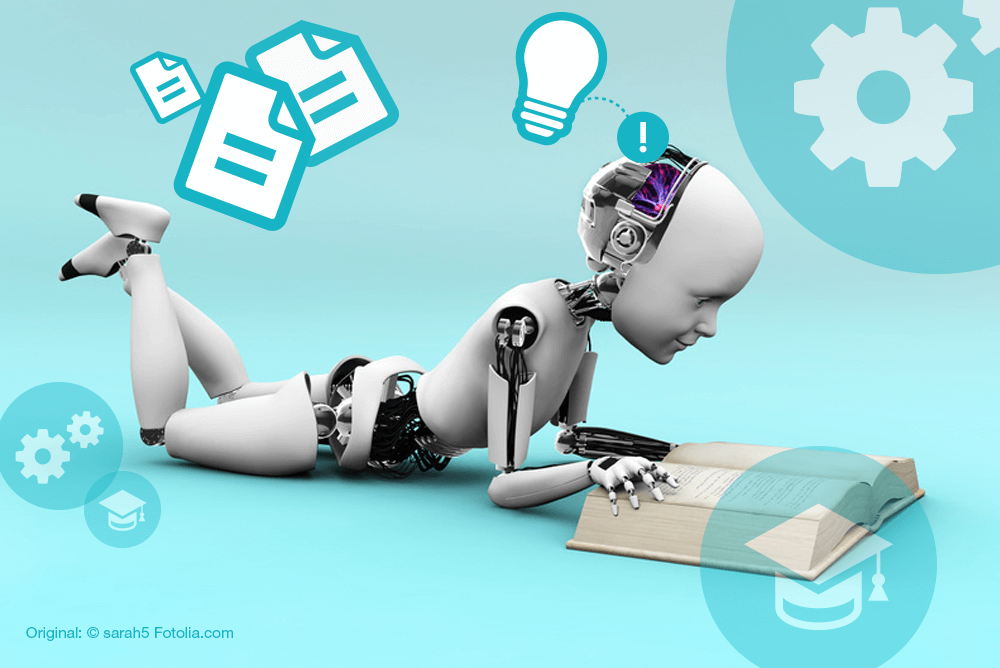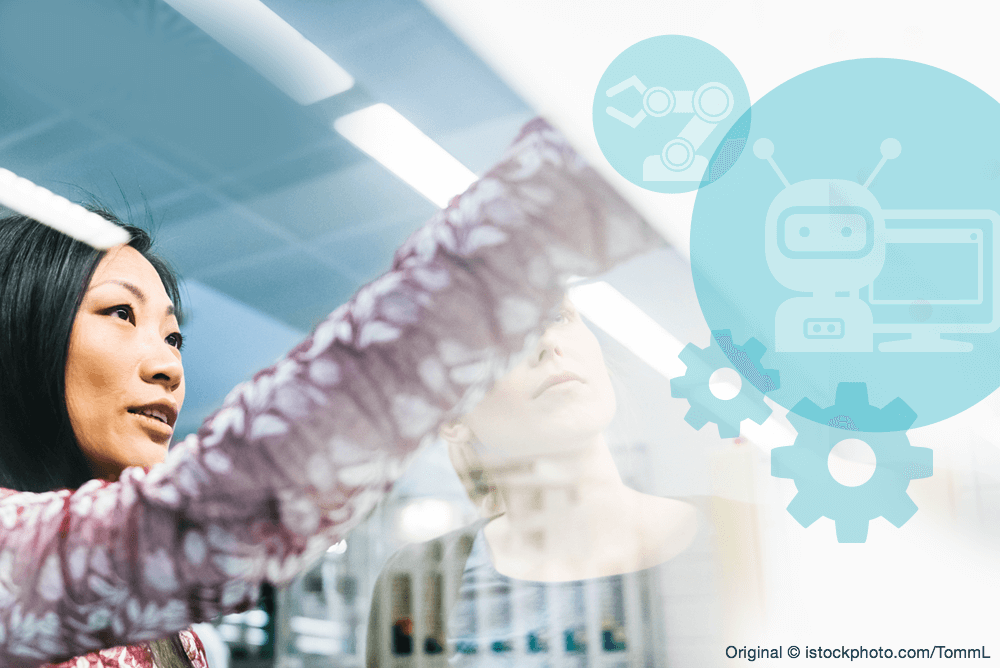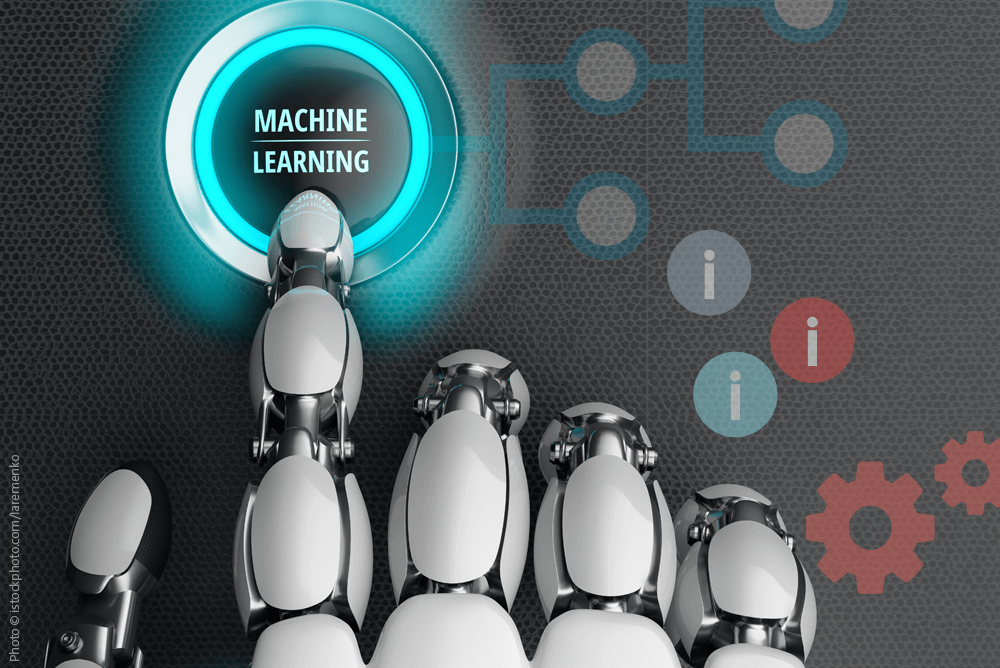Long before the breakthrough of artificial intelligence (AI) and robotic process automation (RPA), managing communication with clients was a rather simple task. Contacts were made telephonically, concerned users called the helpline about small issues and posted a letter whenever more details were necessary. No other touchpoints were employed. Another major difference compared to today was the extended period it took to solve the task. In former times, it was solely dependent on the company to decide the time span. This went on until the Internet pushed its way through. Thanks to digitization, the power has shifted and now the clients have their say! Consequently, customer service procedures were turned upside-down and had to be rethought.
Digitization turns customer service on its head
The experts agree that change is fundamental and continuously going on. Communication channels have multiplied. Clients write emails instead of letters, they chat via social media instead of calling via landline. Currently, the smartphone is the number one touchpoint. Because it makes communication so much easier, the quantity has mushroomed. As a result, high data volumes have to be attended to and even inboxes of large service companies are full to the brim. It takes a split second for information to be send to an recipient - answering in a similar near real time speed is expected by most of today's customers.
Smart automation is ready to be established!
In the course of digital transformation, automated processes will grow larger and digital assistants will wield a great deal of power. Customer services are already in a state of flux. Many businesses fall back on smart automation for their routine procedures. Especially chat bots have finally reached a degree of maturity to be considered for handling real customers. They are being used for basic interactions in service divisions and are expected to become more and more sophisticated thanks to continuous self-learning in the near future. Service companies have to adapt, rethink and handle current disruptions in a flexible way. But then again, keeping up with modern trends and technical innovations has always been one task at a time. It should be considered an on-going challenge that decision-makers have to master.
A rocky road for AI and automation
Artificial intelligence and automation did not simply pop up yesterday and completely unexpected. Around 40 years ago machines started to replace humans in the sphere of constantly repeated tasks. The development of automation technology enabled businesses to produce their merchandise fast, free from defects and at low cost in order to match the demand level of mass consumption around the globe. Almost simultaneously, scientists tried to come up with solutions on how to implement cognitive competence in machines. Software programs such as “Deep Blue” and “Eliza” were significant achievements and yet they never gained market maturity. Instead, the creation of more efficient computers providing superior computing capacities, the dawn of the Internet, the growing number of large data volumes and cheap data resources marked a defining moment at the turn of the millennium. In increasingly brief intervals, cutting-edge cognitive approaches and the development of innovative algorithms started to take place.
RPA: Intelligence meets automation
The conjunction of artificial intelligence with automation technology is still relatively new. In the past machines had to be reprogrammed with any changing procedure, mostly with high expenditure. Cognitive software, in comparison, is self-learning and able to broaden its knowledge with any new case from practice. From large quantities of information and parameters, it can make independent decisions and process them in an efficient way. Whereas RPA still depends on efficient but relatively dumb robots, AI adds the brain that is needed to make decision directly within the process.
AI and RPA: Ground-breaking service providers
Companies leveraging AI software now outsource parts of their processes – not to external agents, but to machines. This applies to repetitive steps within process-handling, which the combination of RPA and AI software can attend to quicker and with more precision. AI software differentiates between routine procedures and individual cases. When faced with isolated incidents, the referring email is forwarded, extracted and implemented in downstream processes or systems. Repetitive task will be delegated to a RPA bot for processing. Furthermore, the alarm function might become a fairly important tool in customer service. An accumulation of messages consisting of similar negative speech patterns, e.g. a dysfunction of a certain article, leads to an automated consignment of respective notes to the service personnel. In this way, AI software saves time by providing necessary information that enables employees to concentrate on more demanding customer concerns. Linking human resources with machines will be a key criterion for a company’s financial success in the upcoming years. Decision-makers and executive managers should attend to this topic by giving it top priority.




